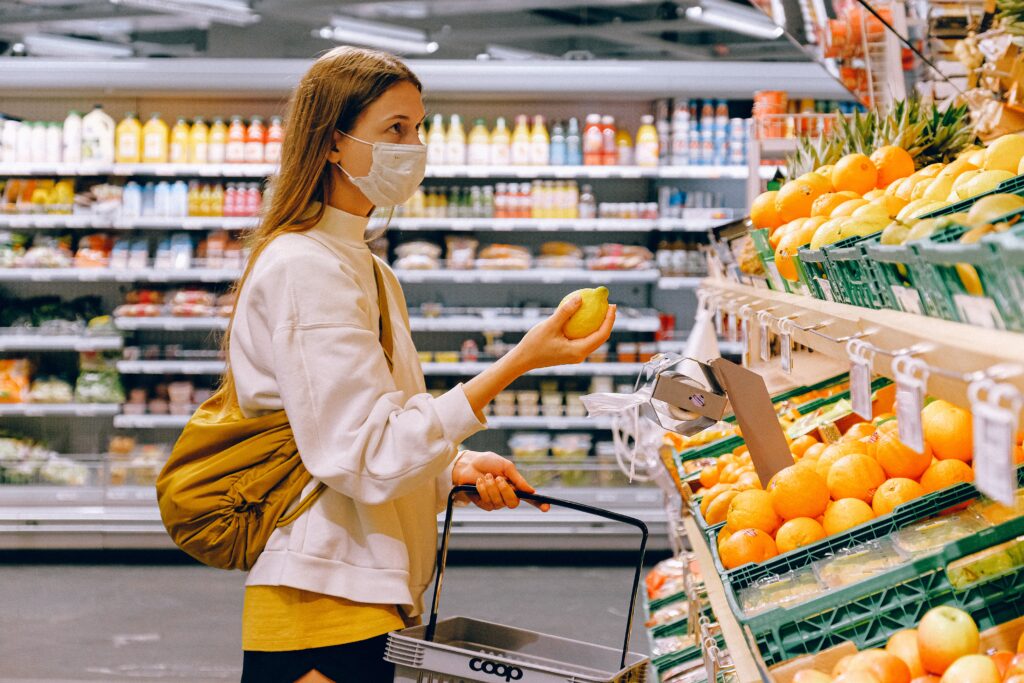Festival special foods for diabetes: 10 tips to avoid spike in blood sugar after meals
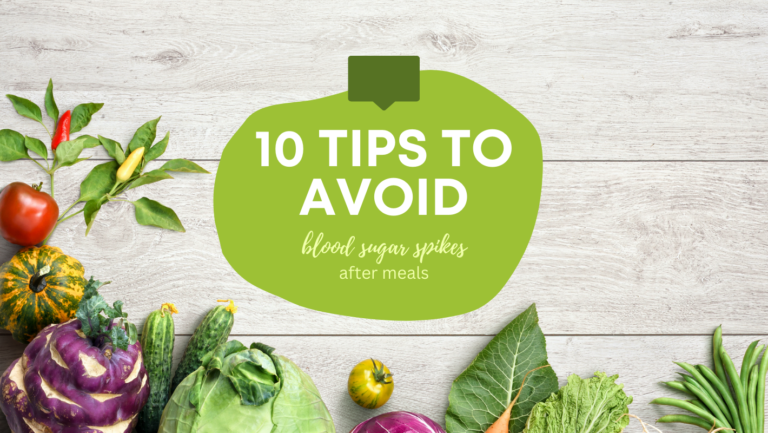
India has a diverse culture and there are a number of festivals celebrated across the country in different seasons. In India, during spring season several festivals are celebrated at the same time. Of which, Gudhi Padwa is one such festival and is mostly celebrated by Marathi and Konkani Hindus as a New Year. Other part of the country i.e. Karnataka celebrates this day as Ugadi while the Sindhi community celebrates this day as Cheti Chand. If you are looking for festival special foods for diabetes, it is important to select foods that may not lead to major spike in blood sugar levels especially, after meals.
So, in case you are struggling to manage your blood sugar; it may seem difficult to avoid spike in blood sugar after meals especially during festival season. Herewith are 10 tips that can help you avoid spike in blood sugar after meals:
Prefer more proteins
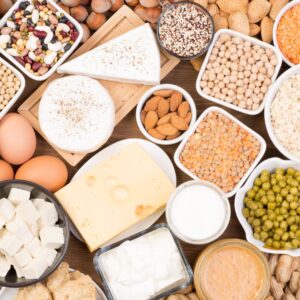
Proteins are a healthy component of your food plate. Indians are largely used to eating a predominantly carbohydrate-based diet especially during festival season which leads to quick release of sugar into the blood stream that usually leads to spike in blood sugar after meals
If you make proteins a part of the festival special foods for diabetes control, it may help to blunt the spike in blood sugar after meals. For example; instead of using just wheat flour or maida flour for making chapatis/ parathas/ naan, etc; you can add protein in the form of either gram flour (besan) or moth beans flour (matki ka aatta) or kuleeth flour or soya flour
Add more dietary fiber
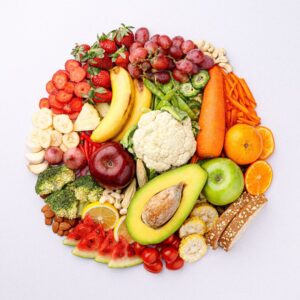
As fiber is that component of carbohydrates that is largely undigested in the intestine, it does not release sugar into the blood steam and thereby helps to avoid spike in blood sugar after meals. Fiber comes mainly from whole cereals, dals with skin, fruits and vegetables, etc. Hence, it is essential to add plenty of vegetables to parathas/ rice/ etc during festivals. For example, if you are making Maharashtrain masala bhaat, prefer making it with brown rice and prefer adding plenty of vegetables to increase the fiber component. This will not only help you enjoy the festive mood but also blunt the spike in blood sugar after meals
Avoid refined carbohydrates
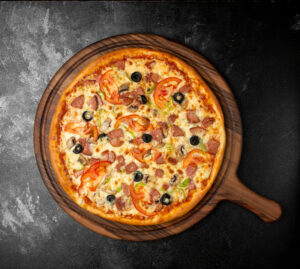
By refined carbohydrates, we are largely referring to processed wheat flour i.e. maida flour. As it is devoid of fiber and also lacks several vitamins, minerals; it may lead to significant spike in blood sugar after meals. Hence, it is advisable to avoid nankhatai made from maida and prefer making it using whole wheat flour. If you are planning to prepare sweet snacks like shankarpala, prefer making it using whole wheat flour and add an artificial sweetener to avoid spike in blood sugar after meals
Prefer healthy homemade eatables
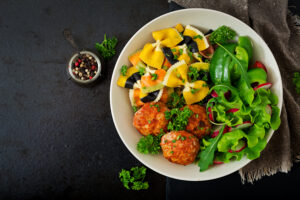
Although it may be very tempting to prefer eatables like Samosas, kachoris, vadas, etc from outside during festive periods, however; its downside is that (at times) it may not show up 2 hours after meals, but may lead to spike in blood sugar after 3-4 hours or later. This is dangerous as after 3-4 hours, you may again have eaten something else which may further lead to a larger spike in blood sugar after meals which may keep accumulating and go unnoticed.
Instead of Samosas from outside, prefer homemade kothimbir wadi which is a traditional Maharashtrain snack and may not lead to spike in blood sugar after meals.
Instead of Kachoris or vadas, you may prefer dhoklas or patras that may lead to lower spike in blood sugar after meals.
Prefer healthy cooking methods
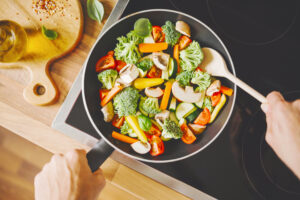
Cooking methods/ cooking techniques used in daily routine may make a significant impact on your overall health. For example, if you pressure cook and retain the starch of white rice versus if you cook it in an open pan and then discard the water, it may lead to a lower spike in blood sugar after meals.
If you are looking for some healthy festival special foods for diabetes, you may opt for our diabetes special recipes course i.e. available on Udemy
Prefer healthy cooking oils
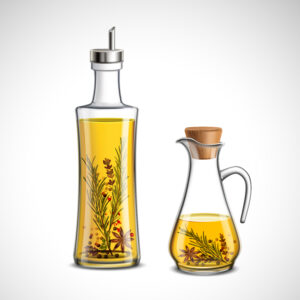
No single oil is considered best for overall health. When it comes to health and fitness, a blend (or mixture of 2-3 oils) of oils is what the body needs as each and every oil present in that blend imparts its good qualities. If you are using a single oil at one time, then you should consider changing the oil every month to provide the goodness of other oils to your body. Oils with low absorption techniques are considered safe for consumption and better for overall health.
Avoid large meals at one time
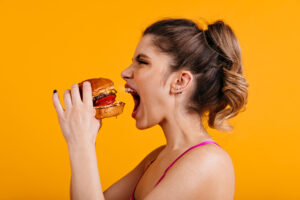
On Gudhi Padwa celebration, if you prefer to eat puranpolis with shrikhand and aamti with masala bhaat, you may be prone to large spike in blood sugar post meals. On the other hand, if you are celebrating Cheti Chand with sweetened rice along with parathas and vegetables with kheer, you may be at risk of higher blood sugar spike after meals.
Hence, if you are looking to keep your blood sugar normal, prefer smaller and proteinaceous meals. For example; wheat and soya flour parathas with amritsari choley and vegetable raita or gobhi parathas with wheat and kutleeth flour and paneer- based vegetable with dal fry.
Prefer sugar free sweet and desserts
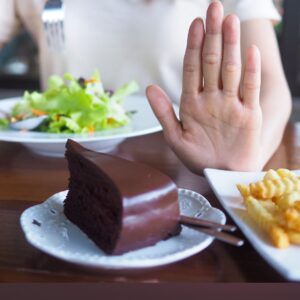
If you are planning to make kheer or phirni or besan ke laddos or shrikhand; prefer making them without sugar. Do not consider jaggery / honey as safe substitutes of table sugar. Prefer making these sweets with an artificial sweetener. This is an excellent way to make festival special foods for diabetes as it does not compromise much on taste. If you are seeking some insights on the type of artificial sweetener to choose, you may gain it here.
If you are looking for some healthy festival special foods for diabetes, you may opt for our diabetes special sweets and desserts recipes course i.e. available on Udemy
Add probiotic foods
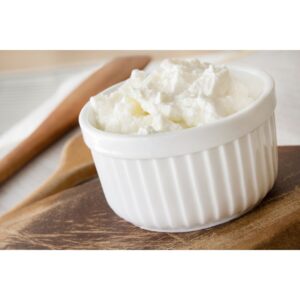
As a part of Indian cultural food habits, curd and buttermilk are rich sources of probiotics. Adding probiotics is not only beneficial for your gut (intestines) but also helps in reducing the spike in blood sugar after meals. Addition of an artificial sweetener, brings it close to a flavoured yogurt in taste and at the same time does not shoot your blood sugar.
Walk post-meals
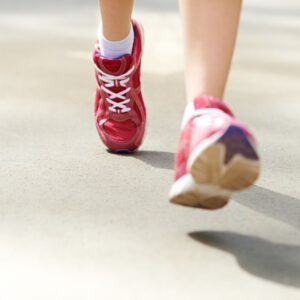
A short walk even as small as 10-15 minutes post-30 mins of meals can help in blunting blood sugar levels


